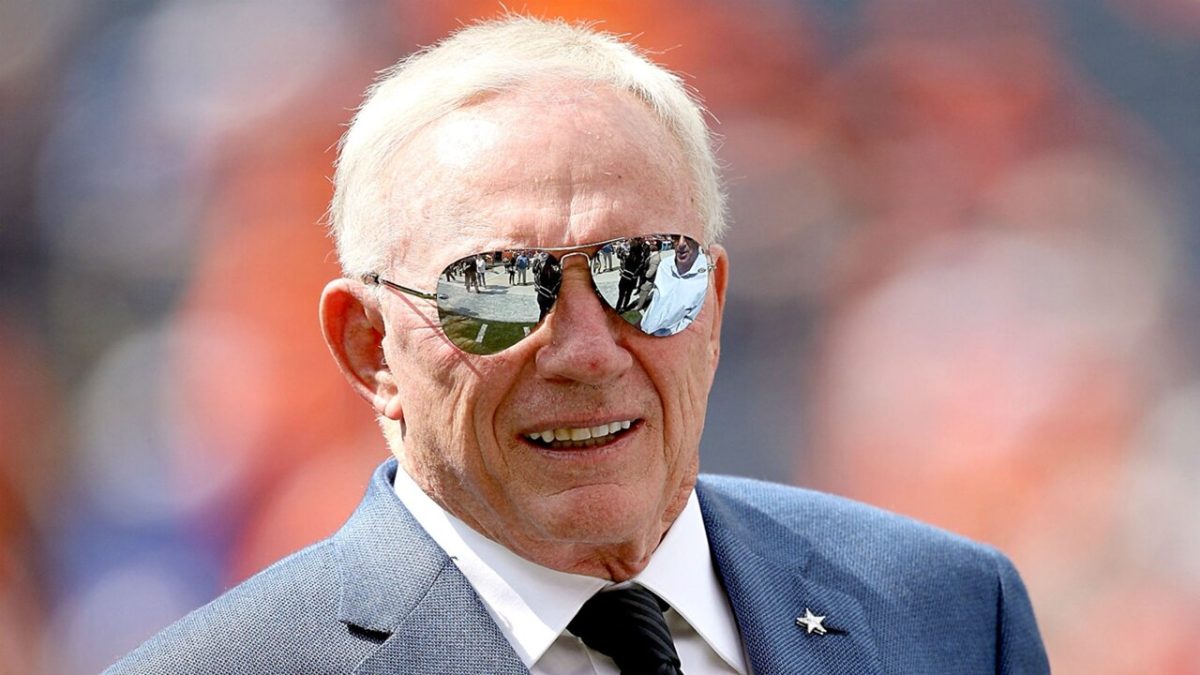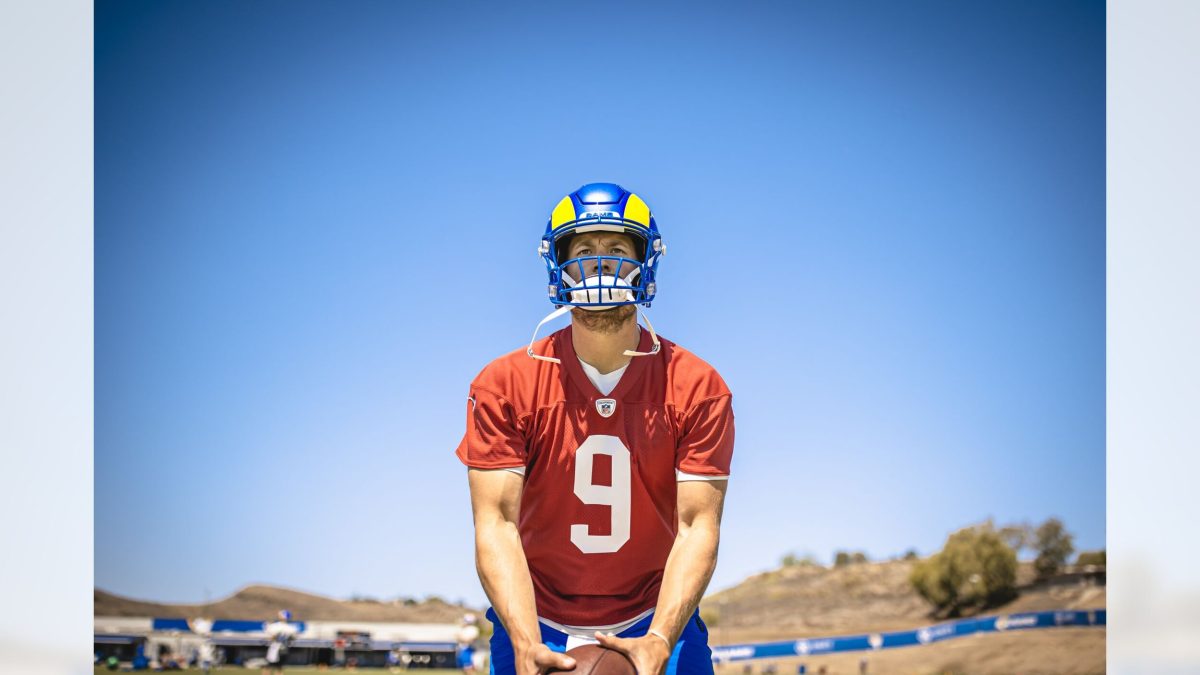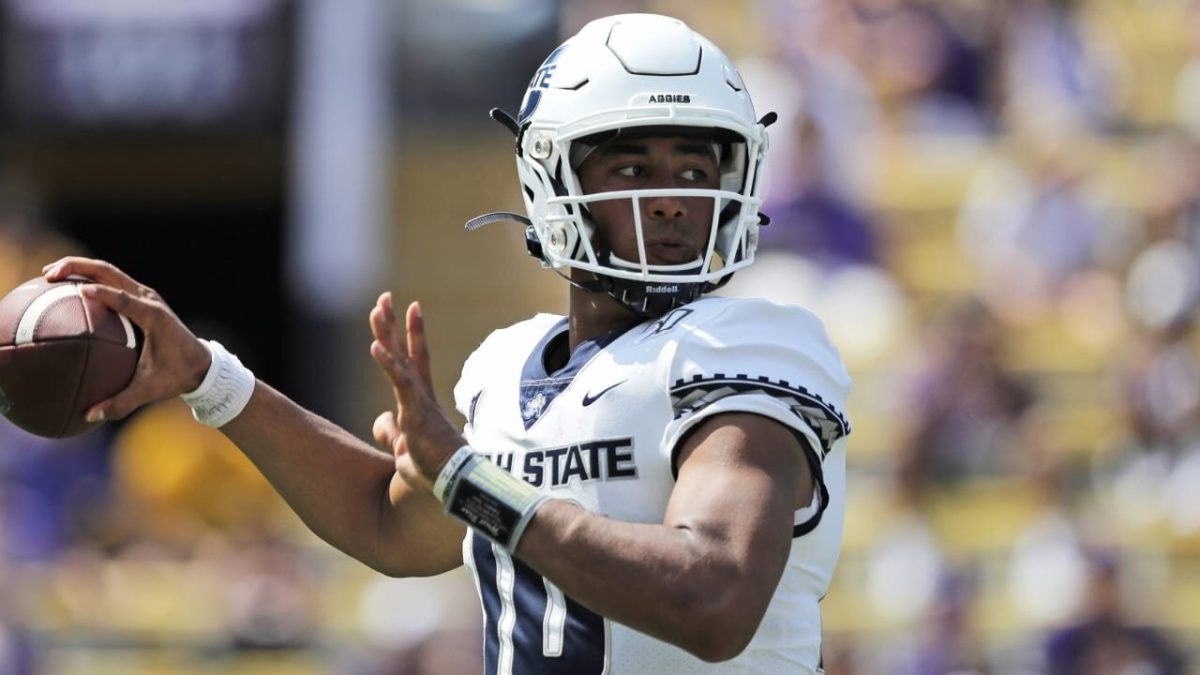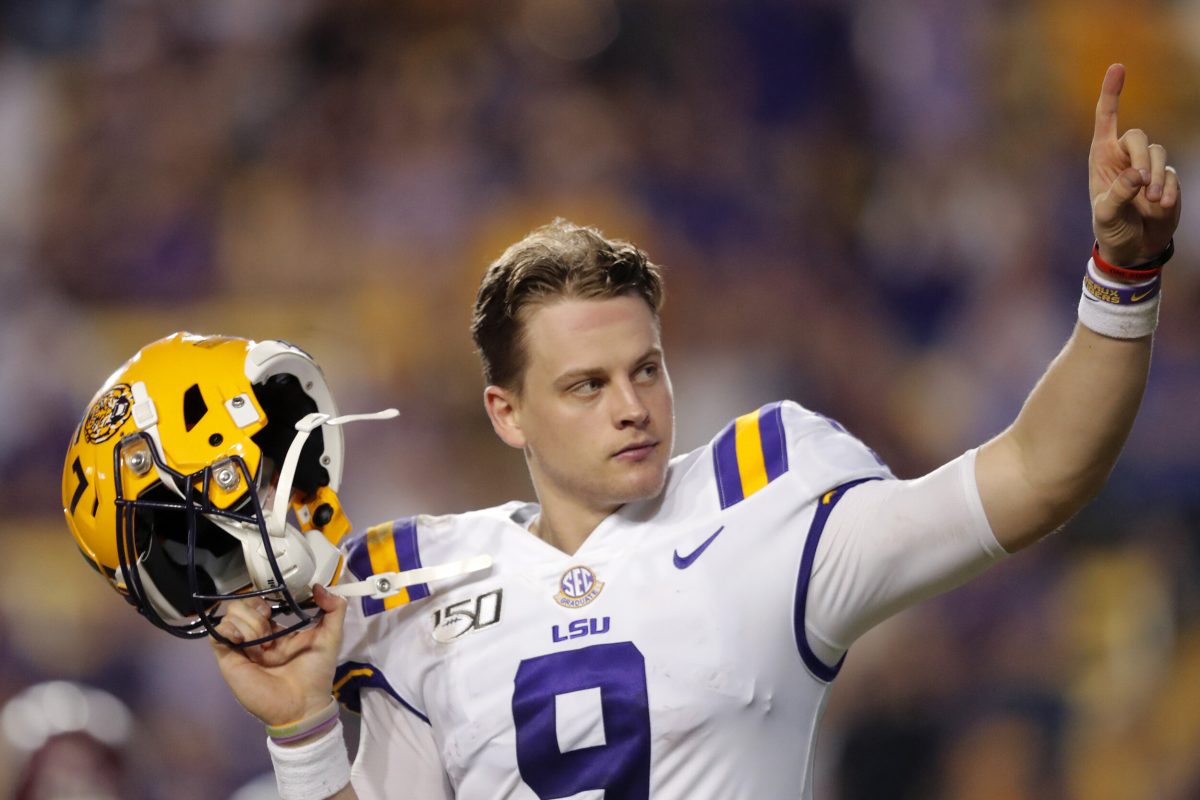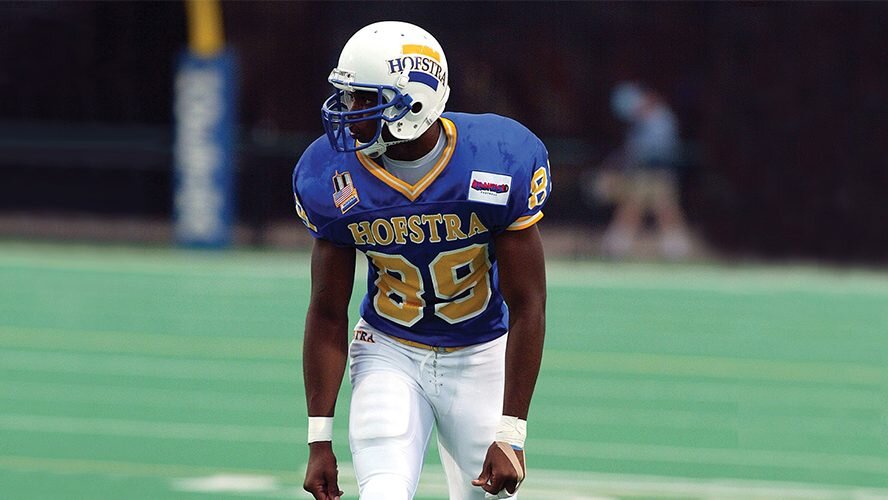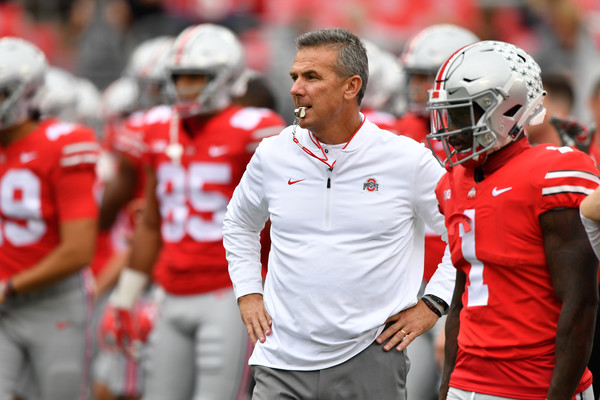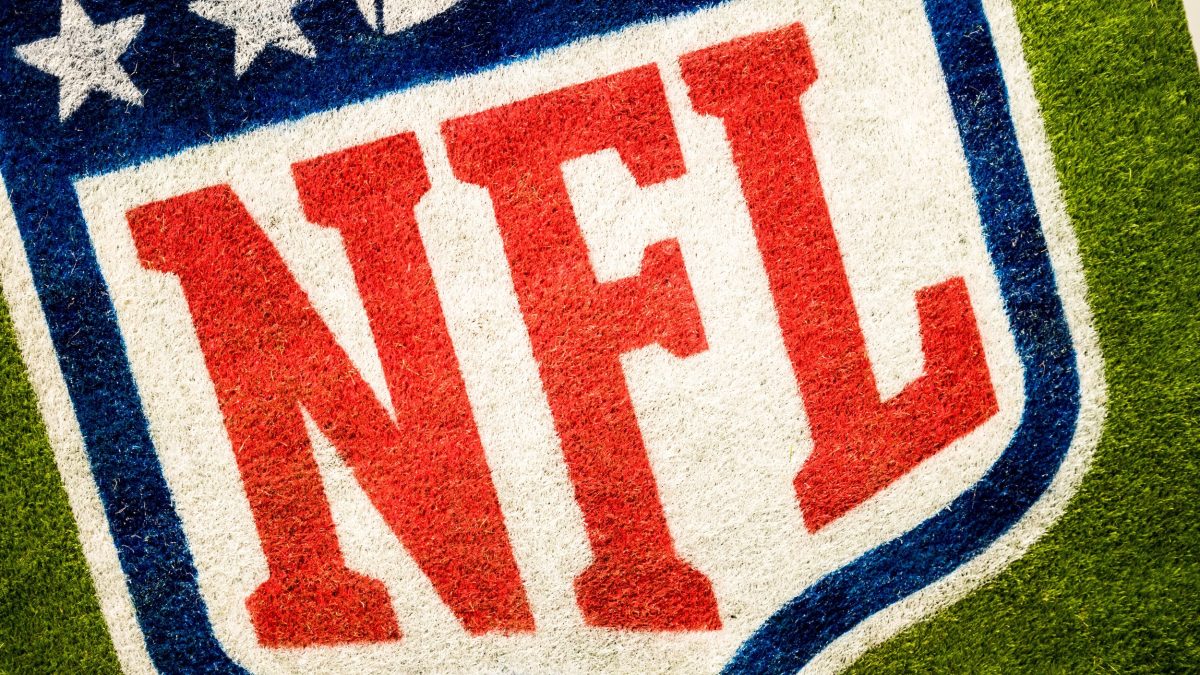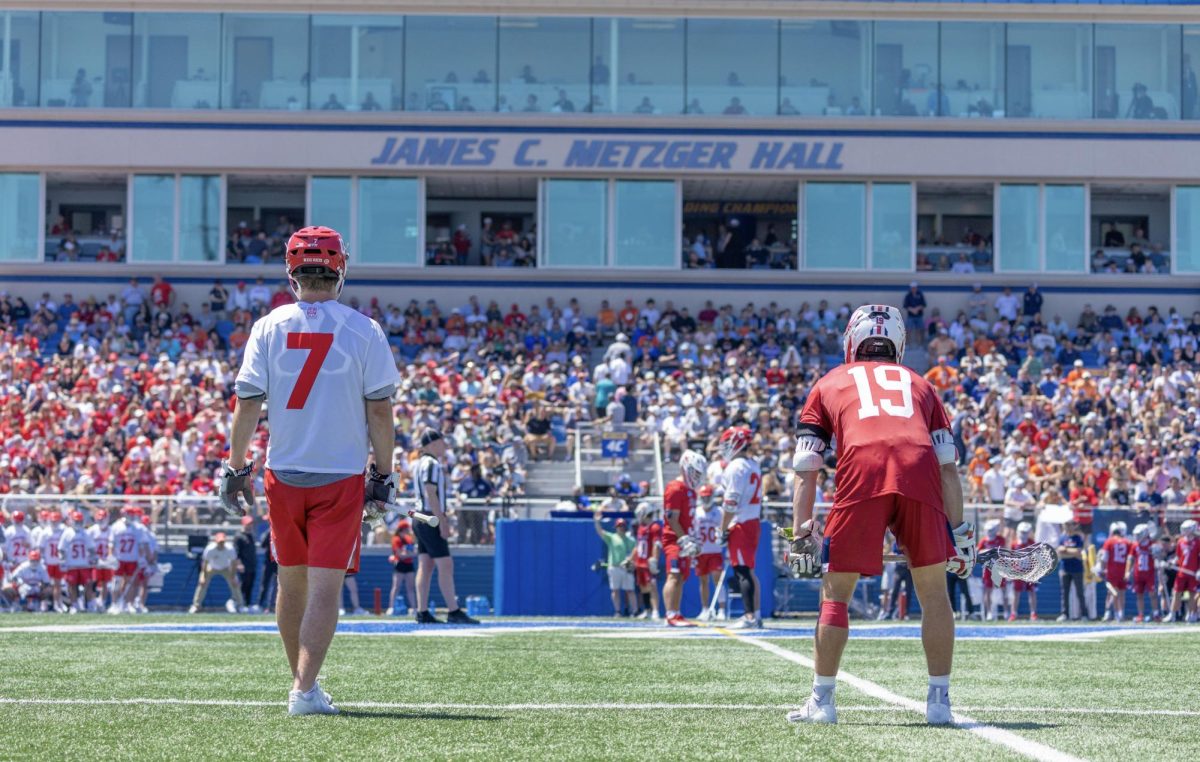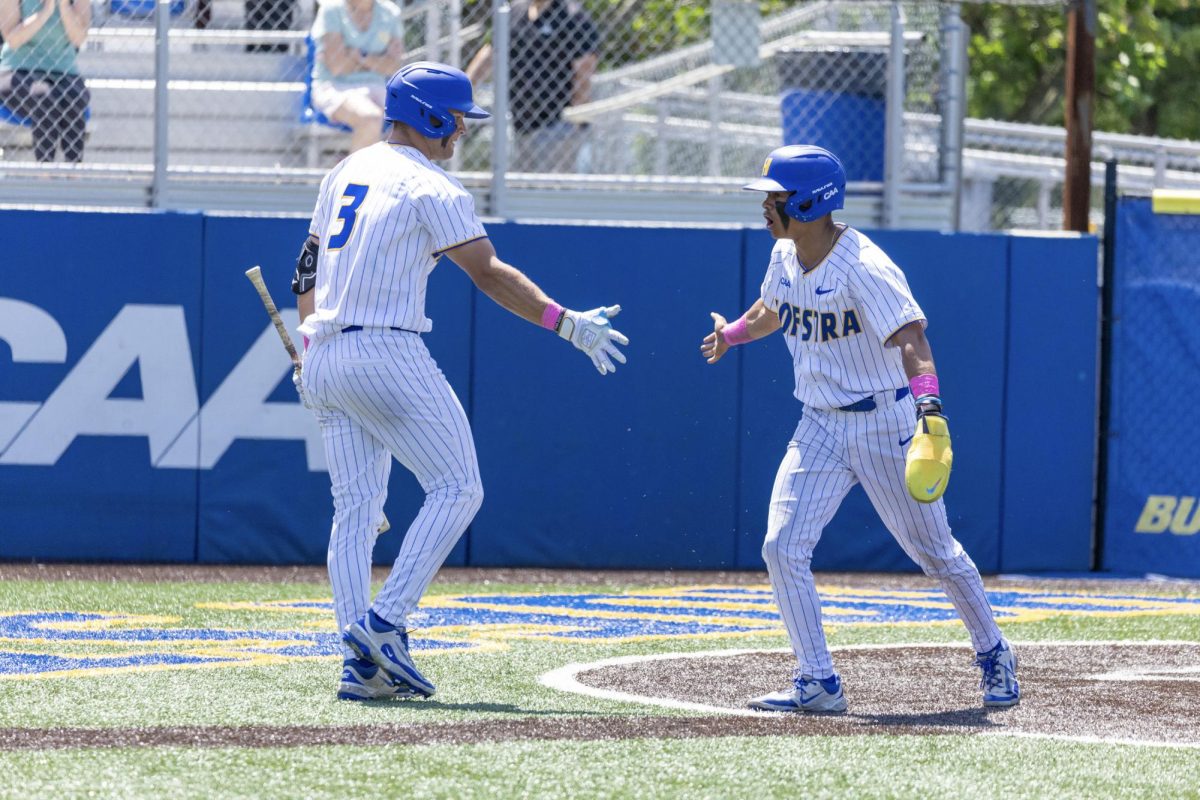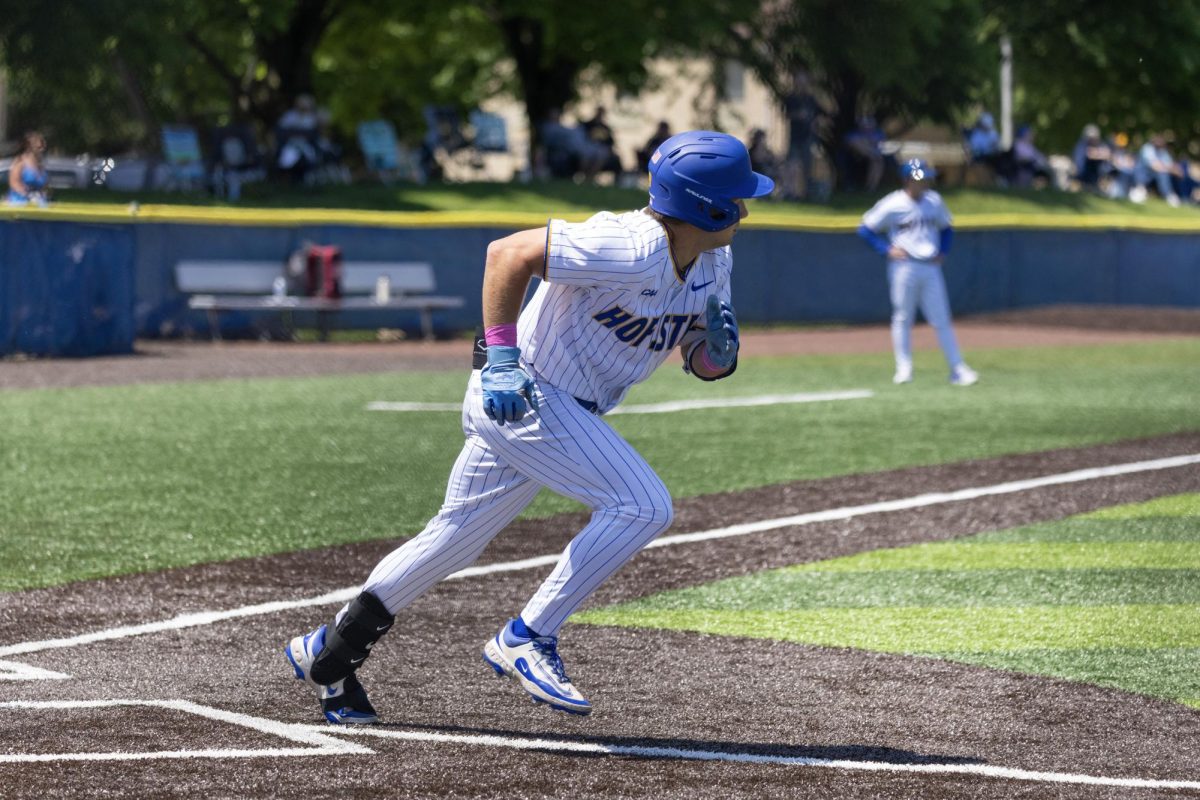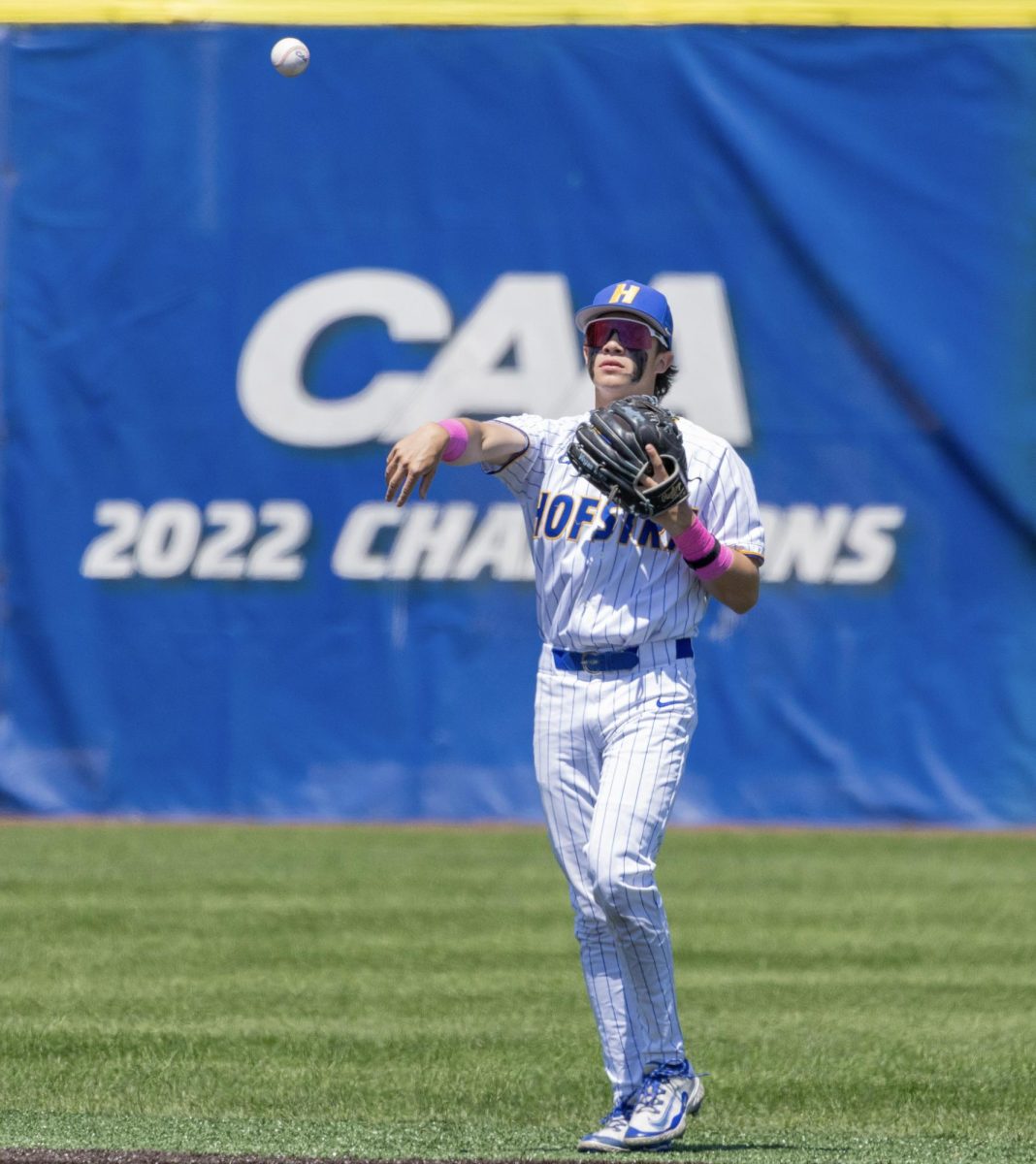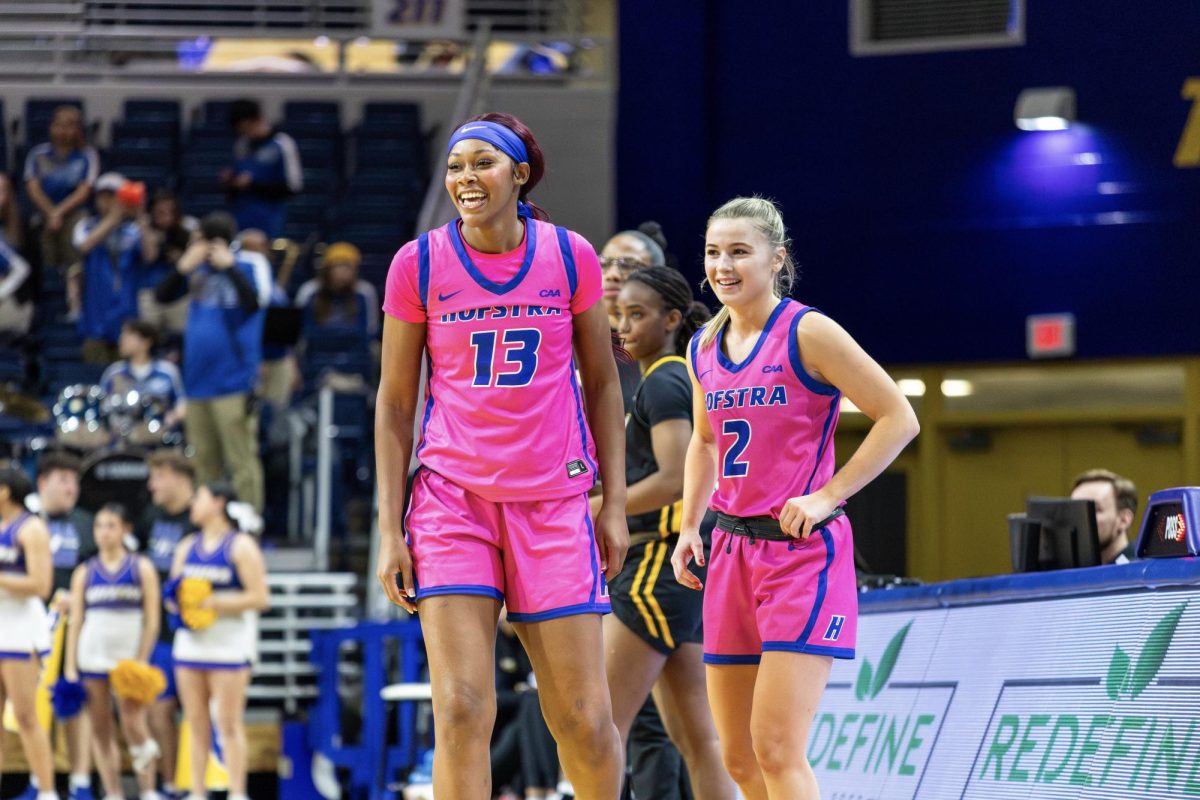The 2020 NFL Draft took place from Thursday, April 23, to Saturday, April 25. Some teams and players were put into better situations to succeed. Other teams and players were put in worse situations. For some, we will not know until next year or a few years down the line if this draft helped them.
Winners
The 2020 NFL Draft put the following teams, players and conferences in better situations to succeed:
1. Dallas Cowboys: Team owner Jerry Jones did not have to lift a finger during the first round, and CeeDee Lamb, one of the best wide receivers in this wide receiver-heavy draft, fell into his lap. Now, quarterback Dak Prescott can throw to Lamb, Michael Gallup and Amari Cooper, three players who all have legitimate chances at 1,000-yard seasons. After the first round, Dallas drafted University of Alabama cornerback Trevon Diggs 51st overall to replace Byron Jones, who left for the Miami Dolphins in free agency. In round four, the Cowboys snagged University of Wisconsin-Madison center Tyler Biadasz, a good center who might’ve gone earlier if he had not had a hip surgery in spring 2019. Biadasz will replace five-time Pro Bowler and former First Team All-Pro Travis Frederick. With the amount of success Dallas has had in the last decade developing offensive line prospects like Frederick, Zack Martin and Tyron Smith, it’s very possible Biadasz can join the long list of successful Cowboys linemen.
2. Denver Broncos: The Broncos are forming something special in the Mile-High City. Second-year quarterback Drew Lock can now throw the ball to 15th overall pick Jerry Jeudy and 46th overall pick K.J. Hamler along with Courtland Sutton. At tight end, he has second-year player Noah Fant and the 118th overall pick in this year’s draft, Albert Okwuegbunam, who might have been a mid-round steal. On day two, Denver also gave Lock some protection by adding Louisiana State University center Lloyd Cushenberry 83rd overall. Cushenberry will protect Melvin Gordon and Phillip Lindsay in the backfield. The Broncos offense was already better before the draft than when the season ended, but now, with the addition of two solid wide receiver prospects, a good tight end prospect and a center, the AFC West will have to watch out.
3. Miami Dolphins: The Dolphins had six picks in the top 70 and 11 total picks. After winning five of their last nine games, who thought they would be able to get Alabama quarterback Tua Tagovailoa without trading up? However, the Dolphins still ended up with the lefty signal caller by staying put. At number 18, they selected University of Southern California offensive tackle Austin Jackson to protect their new quarterback, who has an injury history. They then took Auburn University cornerback Noah Igbinoghene to pair with Xavien Howard and newly signed free agent Byron Jones. This might have raised some eyebrows, but Miami played man defense more than half the time in 2019, according to Pro Football Focus. In the later rounds, they took guards Robert Hunt (39th) and Solomon Kindley (111th). Boise State University edge rusher Curtis Weaver fell to them in the fifth round, so they drafted him 164th overall. They also used a fifth-round pick to trade for Matt Breida to pair in the backfield with Jordan Howard.
4. Jordan Love: Regardless of how you feel about this pick, Love is in such a great place. He has a lot of potential, though he is not ready to start in the NFL. He can learn from Aaron Rodgers – one of the greatest quarterbacks of all time – and Matt La Fleur, a man who went 13-3 and to the NFC Championship Game as a first-year head coach. Despite Rodgers’ strong personality, I don’t see him being a bad teammate to Love because he was in this same position 15 years ago when Green Bay took the University of California, Berkeley product. Favre did not treat Rodgers well, so Rodgers should learn from this experience and mentor Love, making this fit work.
Honorable Mentions: Jacksonville Jaguars, Baltimore Ravens, Minnesota Vikings, Washington Redskins, Indianapolis Colts, Cincinnati Bengals, Arizona Cardinals
Losers
The following teams, players and conferences are at a distinct disadvantage after the 2020 NFL Draft:
1. Green Bay Packers: This one is obvious. Ignore the Jordan Love pick for a second. Did Green Bay do enough to help their team in the present? No. Despite this draft having one of the best wide receiver classes we have ever seen, General Manager Brian Gutekunst did not select one wideout. The Packers also drafted Boston College running back A.J. Dillon 62nd overall in round two. This is no knock against Dillon, but the Packers already have Aaron Jones and Jamaal Williams in the backfield. They also waited until round five to pick a linebacker, which should have been a higher priority since Blake Martinez and Kyler Fackrell went to the New York Giants in free agency. Finally, the team did not draft an offensive tackle until the sixth round, even though Bryan Bulaga signed a deal with the Chargers this offseason.
2. Josh Rosen: Talk about not giving the 10th overall pick in 2018 a chance to succeed. Quarterback Rosen was put into a bad situation with the Arizona Cardinals. He had a porous offensive line, a running back who averaged less than 4.0 yards per carry and a first-year head coach in Steve Wilks, who was one-and-done after a 3-13 season. After Arizona picked Kyler Murray first overall the next year, the former UCLA signal-caller was traded to the Miami Dolphins, a team with a torn-down roster that had 0-16 potential. Rosen had to learn a whole new offense with a team that had little talent when he was under center. The team’s leading rusher was their quarterback, Ryan Fitzpatrick, who led the team with a whopping 243 yards. In 2020, the Dolphins picked Tua Tagovailoa. In back-to-back years, Rosen has been on a team with no help around him that went on to pick a quarterback high in the first round of the next draft. His window to be a starter in this league might be over.
3. The AFC North, excluding the Baltimore Ravens: Baltimore went 14-2 last year, the best in the NFL. The Ravens drafted LSU linebacker Patrick Queen 28th overall. They added Ohio State University running back J.K. Dobbins to a backfield that already includes Mark Ingram, Gus Edwards and Justice Hill. They also snagged wide receivers Devin Duvernay and James Proche, both of whom have the ability to be mid and late-round steals, respectively. And as if that wasn’t enough, the Ravens added Calais Campbell and Derek Wolfe to their defensive line and have the easiest schedule in 2020 (.438 opponent winning percentage). Good luck to the Pittsburgh Steelers, Cleveland Browns and Cincinnati Bengals.
4. Nate Solder: There’s a youth movement on the offensive line for the New York Giants, and Solder could be the odd man out. Last year, Solder allowed 11 sacks, the second most in the league, according to Pro Football Focus. The Giants drafted University of Georgia offensive tackle Andrew Thomas fourth overall, University of Connecticut offensive tackle Matt Peart 99
th overall and University of Oregon guard Shane Lemieux 150th overall. Nick Gates also played well in the last three games (two at right tackle and one at right guard) for the Giants in 2019, making the competition even tougher. In a press conference after the draft, General Manager Dave Gettleman did not include Solder in his answer when answering a question about the offensive line. Once the NFL’s highest-paid offensive lineman, Solder now might not have a starting spot on the offensive line.
(Dis)Honorable Mentions: Houston Texans, Seattle Seahawks
Unknown:
1. Las Vegas Raiders: The Raiders did it again, shocking the football world and falling in love with one of the fastest players in the draft. The 12th pick overall was Alabama wide receiver Henry Ruggs. Ruggs was selected with Jerry Jeudy and CeeDee Lamb still on the board, which shocked many. With their 19th pick, the Raiders took Ohio State cornerback Damon Arnette. Arnette was solid for the Buckeyes but fell on some teams’ draft boards due to character concerns. At picks 80 and 81, the Raiders went back-to-back on wide receivers with the University of Kentucky’s Lynn Bowden and the University of South Carolina’s Bryan Edwards. Las Vegas also had no picks after the fourth round. Time will tell if the Raiders’ seven picks were hits or misses.
2. New York Giants: The Giants 2020 draft looks promising. However, we don’t know if they made the right choices despite having many different directions they could’ve gone. Andrew Thomas is a great pick, but is he going to be the best out of Mekhi Becton, Jedrick Wills and Tristan Wirfs? New York was the first team to pick an offensive tackle, so they had the first crack at taking any of the big four offensive tackle prospects. They also did not take a front-seven player until round six, which might immensely hurt the team’s chances of improving their pass rush. Did they make the right choice by not trading back and picking Alabama safety Xavier McKinney 36th overall, or should they have traded back to acquire more picks and potentially draft a front-seven player earlier? It also remains to be seen if the four linebackers drafted in rounds six and seven make the 53-man roster and improve the team.
3. Los Angeles Chargers: The Chargers selected Oregon quarterback Justin Herbert sixth overall. Is he the heir apparent to Philip Rivers? Herbert has a lot to improve on before he can become a franchise quarterback, like footwork, accuracy and mechanics. Los Angeles was wise to trade up to 23 with the Patriots to acquire University of Oklahoma linebacker Kenneth Murray. However, that left them waiting until the 112th pick to select a player. That’s 89 picks not taking someone, almost three full rounds. The Chargers had just six draft picks, including the next potential franchise quarterback. Did they select the right players with the little draft capital they had?
4. Aaron Rodgers: First of all, two-time NFL MVP Rodgers’ contract makes him get paid in the later years, and there isn’t an opt-out until after 2021, so Green Bay isn’t trading him or benching him anytime soon. If they were to trade him, they’d be paying over $51 million for a player not on their roster. If they did it before June 1, they would lose an additional $29.5 million in salary cap space and would have to pay $80 million to a player not on their roster. Even if he was traded after June 1, the Packers would have to space out $51 million over two years, which is also not ideal. Second, how did Brett Favre play in 2005 when the Packers had Rodgers waiting in the wings? The team went 4-12, Favre threw a career-high 29 interceptions and led the league in that stat for the second time in his career. He still got to start for another two years. Rodgers won’t have the immediate pressure to perform, especially considering the fact that Love is not ready to start. Finally, consider Jimmy Garoppolo. He was drafted by the Patriots in the second round in 2014. He was viewed as the eventual successor to Tom Brady, but Garoppolo only started two games in his Patriots career, and that was only because Brady was suspended for the first four games of the 2016 season. If Rodgers wins a second Super Bowl and looks like he’s on his way to a third, Love may never start for a full season in Green Bay. If free agent wide receiver Devin Funchess and tight ends Josiah Deguara and Jace Sternberger turn into quality weapons for the Packers, maybe Rodgers will have enough on offense to win after all.
Honorable Mentions: New York Jets, Pittsburgh Steelers, San Francisco 49ers
Photo courtesy of Getty Images

